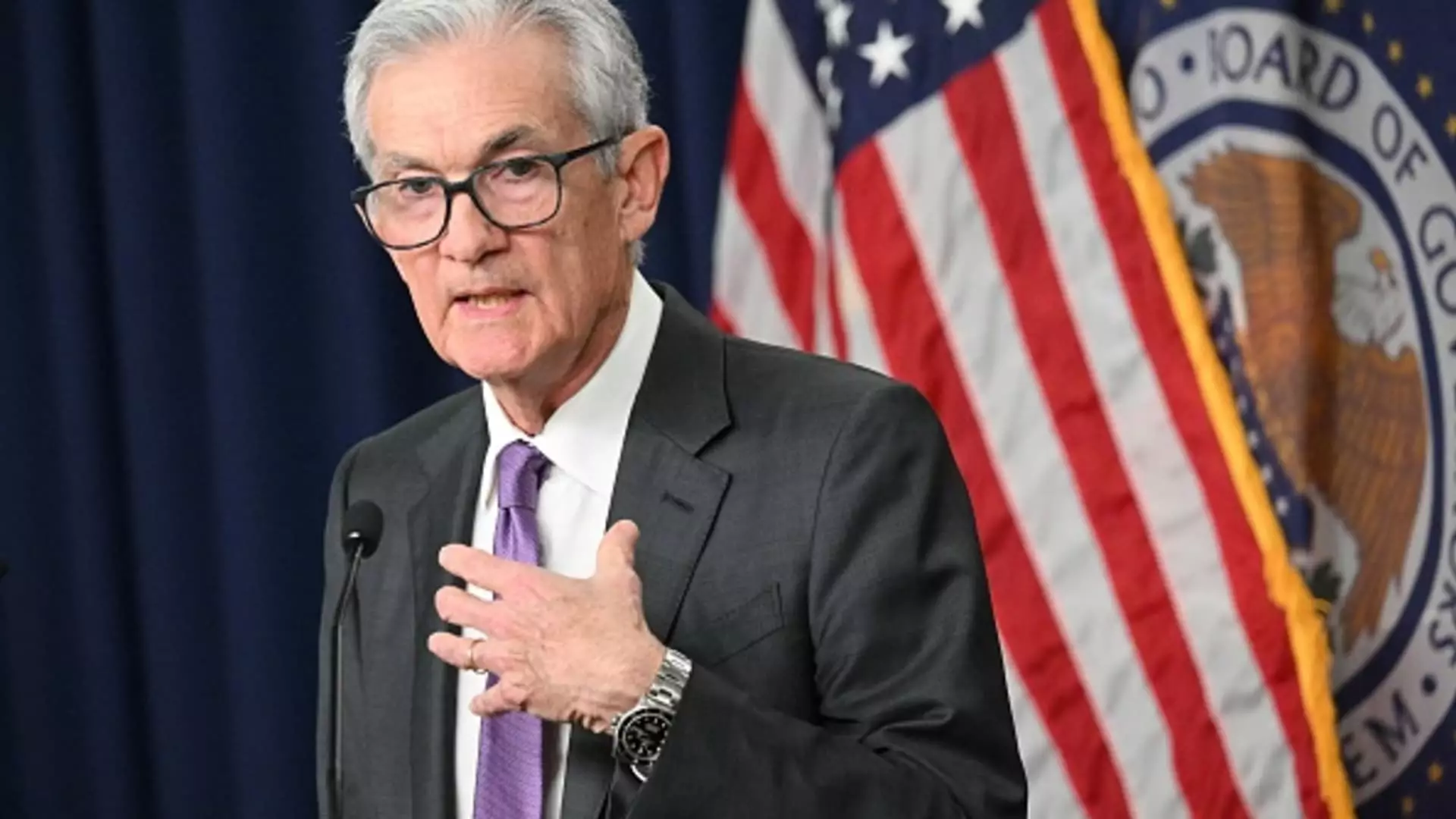The Federal Reserve has once again decided not to cut interest rates as it grapples with the challenge of rising inflation. The central bank opted to keep its benchmark short-term borrowing rate steady in a targeted range between 5.25% – 5%. This decision comes after the Fed last hiked rates in July 2023, marking its highest level in over two decades. Despite expectations for a rate cut, the Federal Open Market Committee chose to maintain the status quo, citing a lack of progress in bringing inflation back down to its 2% target.
While the Fed chose not to reduce interest rates, it did adjust the pace of reducing its bond holdings on the balance sheet. The committee decided to ease the pace at which maturing bond proceeds are allowed to roll off without reinvesting them. This move could be seen as a minor easing of monetary policy as the Fed aims to strike a balance between addressing inflationary pressures and supporting economic growth. The Fed will now reduce the monthly cap on Treasurys to $25 billion from $60 billion, signaling a more gradual approach to unwinding its balance sheet.
Despite characterizing economic growth as moving at a solid pace with strong job gains and low unemployment, the Fed expressed concerns about the persistent high inflation levels. Inflation remains above the Fed’s 2% target, with the central bank’s main gauge showing a 2.7% annual rate. The core measure, which excludes food and energy, is even higher at 2.8%, indicating ongoing price pressures. The recent GDP growth of 1.6% in the first quarter has raised worries about stagflation, a scenario of high inflation coupled with slow economic growth.
Following the Fed’s decision to hold rates steady, financial markets have adjusted their expectations for future policy moves. Traders have shifted from anticipating multiple rate cuts to now expecting only one, possibly towards the end of the year. Fed officials have emphasized the need for patience in assessing the inflationary environment before considering any policy adjustments. Atlanta Fed President Raphael Bostic, in particular, has mentioned the possibility of only one rate cut this year, highlighting the cautious approach of policymakers.
As markets await further guidance on the Fed’s policy direction, Chair Jerome Powell’s news conference will be closely watched for insights into future interest rate decisions. The federal funds rate, which influences various consumer debt products, plays a crucial role in the Fed’s attempt to manage the flow of money and control inflation. Despite the challenging inflation environment and concerns about consumer spending, Powell has reiterated the central bank’s commitment to achieving price stability and full employment.
The Federal Reserve’s decision to maintain interest rates reflects its cautious approach to addressing the dual challenges of rising inflation and moderate economic growth. By adjusting the pace of reducing its bond holdings and signaling patience in evaluating the inflation trajectory, the Fed aims to strike a balance between supporting the economy and controlling price pressures. As the economic landscape continues to evolve, market participants will closely monitor the Fed’s communication and policy actions for insights into future monetary policy decisions.

